That muche is my bowe bent to shoote at these marks, and kyll feare, when the sky falth we shall haue larks
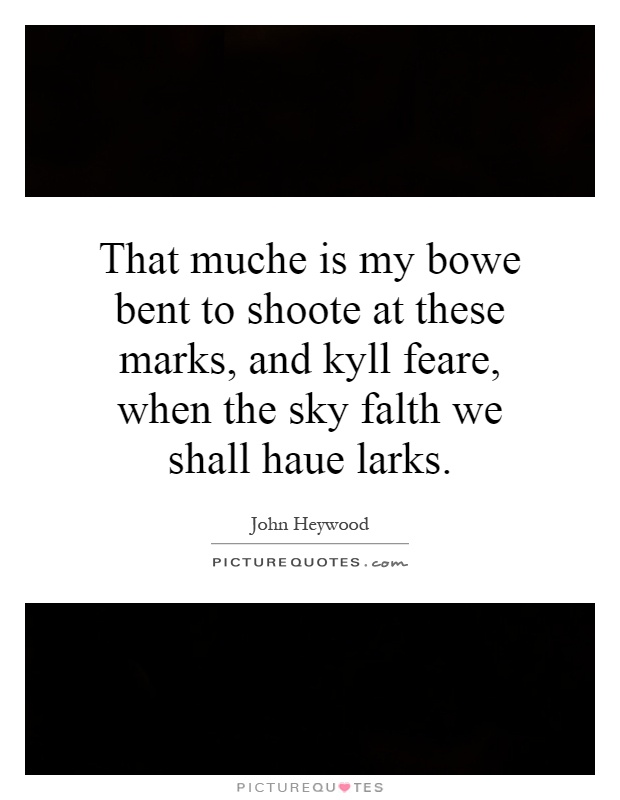
That muche is my bowe bent to shoote at these marks, and kyll feare, when the sky falth we shall haue larks
John Heywood was a prominent English playwright and poet during the Tudor period, known for his witty and satirical works. One of his most famous works is "The Proverbs of John Heywood," a collection of short, pithy sayings that often contain a moral lesson or a humorous twist. One such proverb is "That muche is my bowe bent to shoote at these marks, and kyll feare, when the sky falth we shall haue larks."This proverb can be interpreted in a number of ways, but at its core, it speaks to the idea of being prepared and resolute in the face of adversity. The image of bending one's bow to shoot at a target suggests a readiness to take action and face challenges head-on. By "killing fear," the speaker is expressing a determination to overcome obstacles and not be paralyzed by doubt or anxiety.
The second part of the proverb, "when the sky falth we shall haue larks," adds a touch of optimism and hope to the message. The image of larks flying high in the sky suggests that even in the midst of chaos or disaster, there is still beauty and joy to be found. It is a reminder that even in the darkest times, there is always the possibility of something good and uplifting emerging.

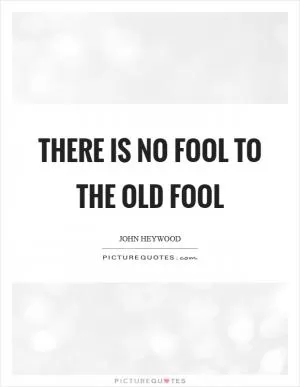
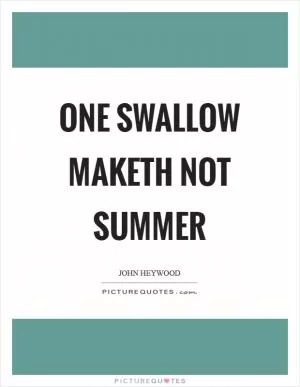

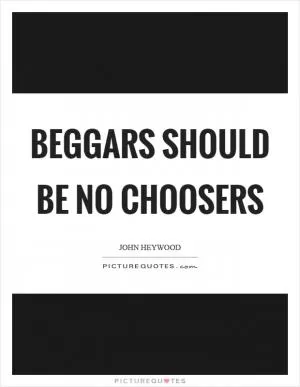
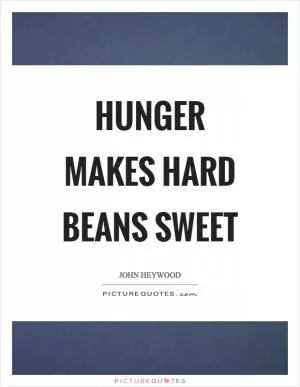
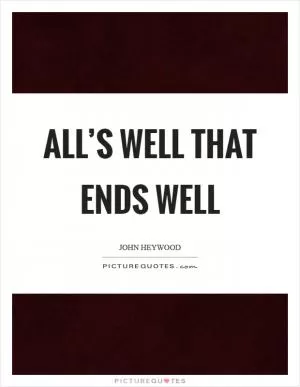
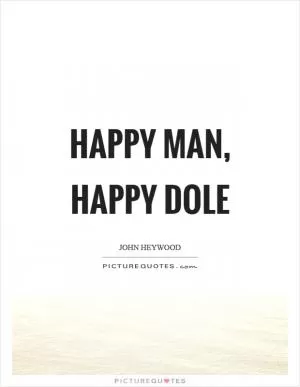
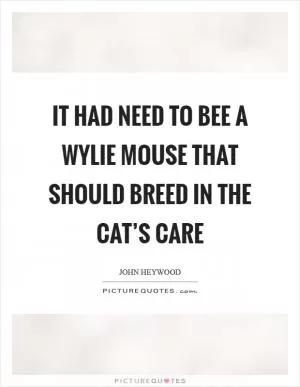

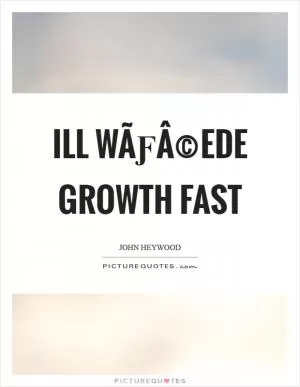
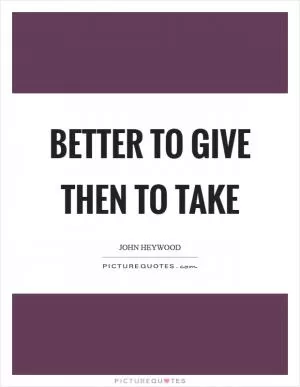
 Friendship Quotes
Friendship Quotes Love Quotes
Love Quotes Life Quotes
Life Quotes Funny Quotes
Funny Quotes Motivational Quotes
Motivational Quotes Inspirational Quotes
Inspirational Quotes